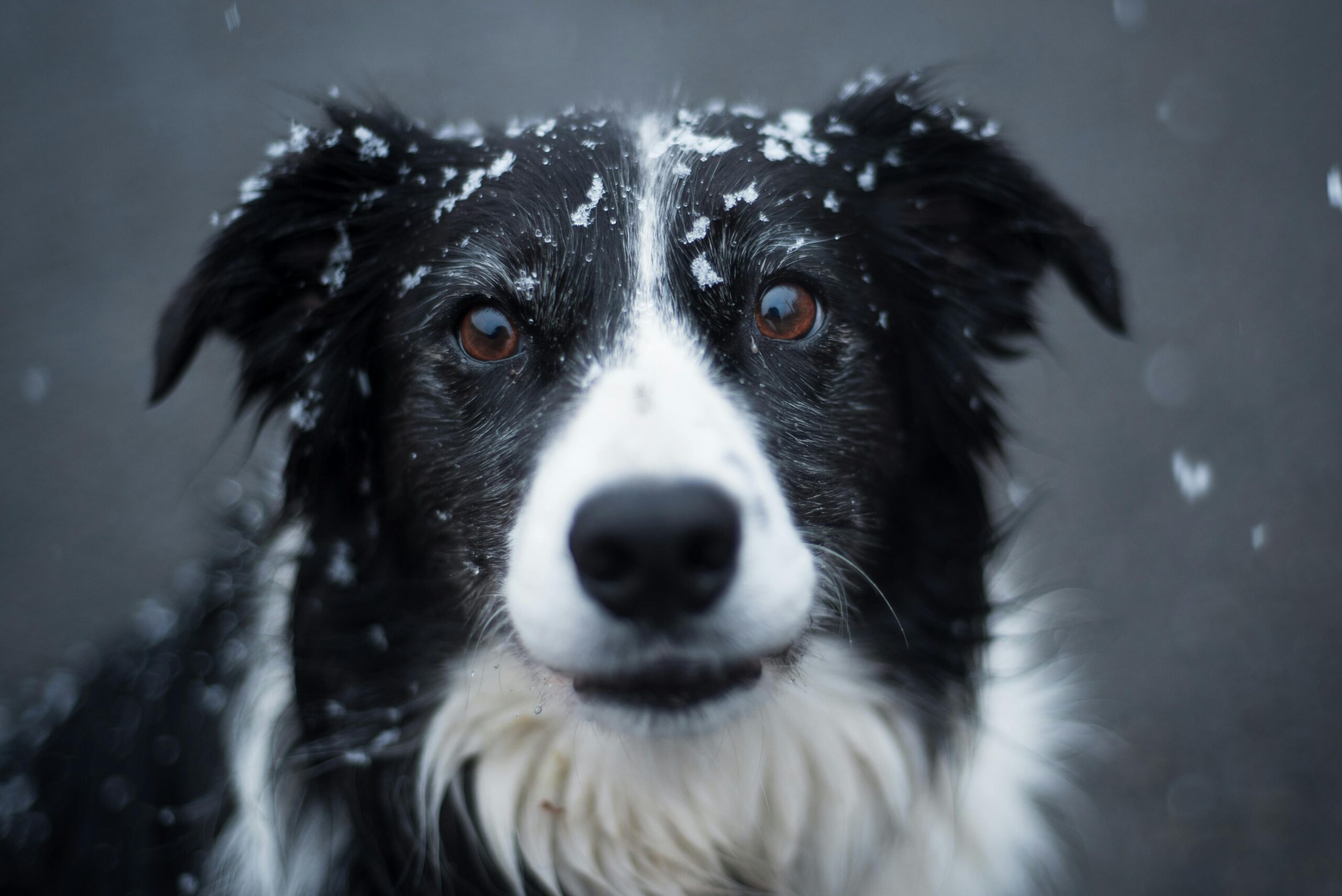Your dog’s paws are tougher than human feet — but they’re not invincible. Extreme temperatures, rough surfaces, and harsh weather conditions can all damage those four precious pads. Whether it’s the scorching pavement of summer or the icy sidewalks of winter, protecting your dog’s paws is essential to prevent burns, cracking, pain, and long-term injuries.
In this article, you’ll learn how to protect your dog’s paws year-round, recognize signs of paw damage, and choose the best gear and care routines to keep them safe and comfortable in any season.
Why paw protection matters
Your dog’s paw pads serve as natural shock absorbers, temperature regulators, and protective layers. But they can still be harmed by:
- Hot pavement or sand
- Ice, snow, and road salt
- Dry air and wind
- Rough or abrasive terrain
- Chemical de-icers and cleaning agents
- Prolonged exposure to cold or heat
Paw injuries are painful and can limit your dog’s mobility — and unlike humans, dogs walk barefoot every day. Prevention is much easier than treatment.
Protecting paws during hot weather
The danger of hot surfaces
On a sunny day, pavement can heat up fast — and it gets much hotter than the air. If it’s 85°F (29°C), asphalt can reach over 130°F (54°C), enough to burn paw pads in seconds.
Signs of burns or irritation:
- Limping or refusing to walk
- Darkened or reddened pads
- Blisters or peeling skin
- Excessive licking of paws
- Whining when feet are touched
If you wouldn’t walk barefoot outside, neither should your dog.
How to prevent heat damage
1. Test the pavement with your hand
Place the back of your hand on the ground for 7–10 seconds. If it’s too hot for you, it’s too hot for your dog.
2. Walk during cooler hours
Go out early in the morning or after sunset, when surfaces have cooled. Avoid midday walks when sun exposure is at its peak.
3. Use grassy or shaded paths
Opt for grass, dirt trails, or shaded sidewalks. These surfaces are gentler on paws and cooler underfoot.
4. Apply paw balm or wax
Products like Musher’s Secret create a breathable barrier that helps reduce friction and heat damage.
5. Try protective booties
If your dog tolerates them, heat-resistant dog boots can provide a solid layer of protection. Choose breathable, lightweight options and introduce them gradually at home.
Protecting paws during cold weather
The risks of snow, ice, and salt
Winter may look magical, but it’s rough on dog paws. Cold temperatures can cause:
- Cracking or bleeding pads
- Frostbite, especially in small breeds or short-haired dogs
- Irritation from ice melt chemicals and road salt
- Snowball buildup between the toes
Dogs may resist going outside, limp after walking, or obsessively lick their paws after exposure to cold or chemicals.
How to prevent cold-related damage
1. Trim paw fur
Long fur between the paw pads traps snow and forms painful ice balls. Keep this hair neatly trimmed — but don’t shave it completely.
2. Use booties or paw covers
Insulated, waterproof booties help block snow, ice, and salt. Choose ones with non-slip soles and adjustable straps for a secure fit.
3. Apply protective balm
Before walks, coat the pads with a paw wax or balm to seal in moisture and create a barrier against salt and ice.
4. Wash and dry paws after walks
Use a warm, damp cloth to clean your dog’s feet after each outing, especially if you’ve walked in areas treated with salt or chemicals. Dry paws thoroughly to avoid chapping or infection.
5. Limit outdoor exposure
Take shorter walks during extreme cold and offer indoor play sessions instead. Watch for signs of discomfort like lifting paws, shivering, or sudden stops.
Year-round paw care
Regular grooming and inspection
Keep your dog’s paws in top shape with a regular care routine:
- Check for cracks, redness, swelling, or foreign objects after walks
- Clip nails regularly — long nails can alter gait and put extra pressure on pads
- Keep paws clean and dry
- Moisturize with vet-approved paw balm, especially in dry climates or heated homes
- Massage the paws to improve circulation and help your dog associate foot handling with relaxation
If your dog frequently licks or chews their paws, consult a vet. This could indicate allergies, injury, or a behavioral issue.
Training your dog to wear booties
Some dogs act like they’ve lost all motor control when wearing boots for the first time — but they can learn with patience.
Tips:
- Start indoors with short sessions
- Use positive reinforcement (treats, praise)
- Let them walk around and adjust before heading outside
- Choose the right size — too tight or loose will cause discomfort
- Stick with it — most dogs adapt in a few days
Make booties part of the pre-walk routine so your dog learns to associate them with going outside.
When to see a vet
Contact your vet if you notice:
- Persistent limping or pain
- Open wounds or bleeding
- Raw, red, or infected paw pads
- Swelling or heat in the paws
- Refusal to walk or weight-bear
These may indicate deeper injuries or infections that require medical care.
Keep those paws safe, every step of the way
Your dog’s paws do a lot of work — carrying them on walks, hikes, play sessions, and everyday adventures. With the right care and protection, you can help them stay pain-free and resilient no matter the season.
Protecting paws is more than comfort — it’s an essential part of your dog’s overall health and happiness. And when their feet feel good, the whole body follows.

